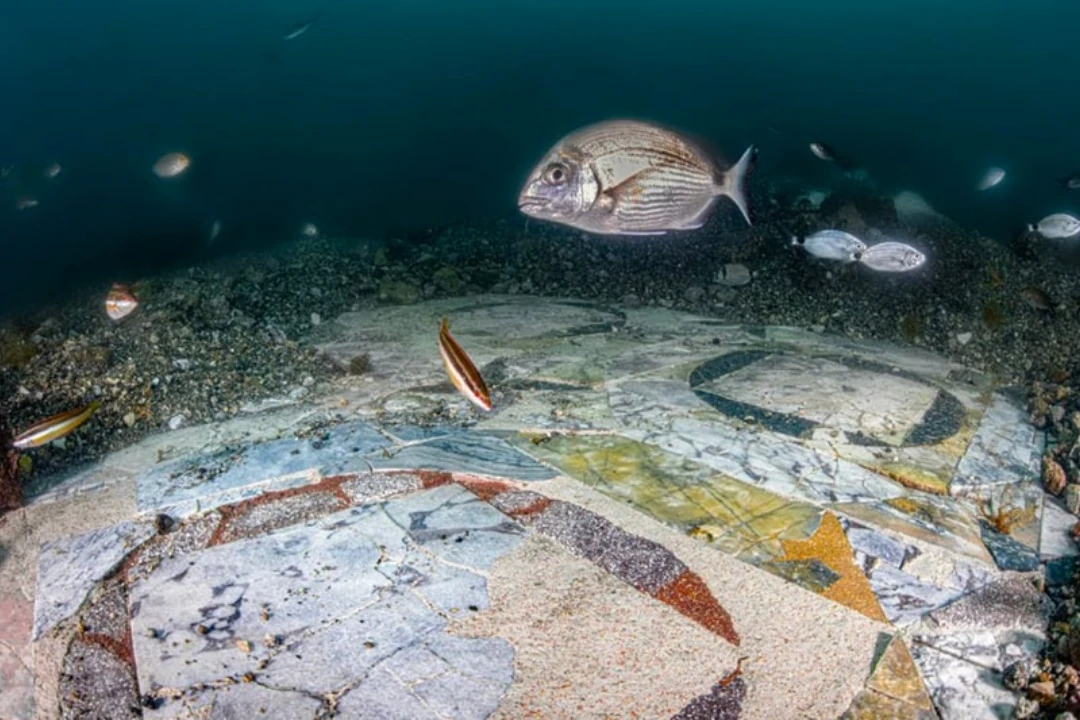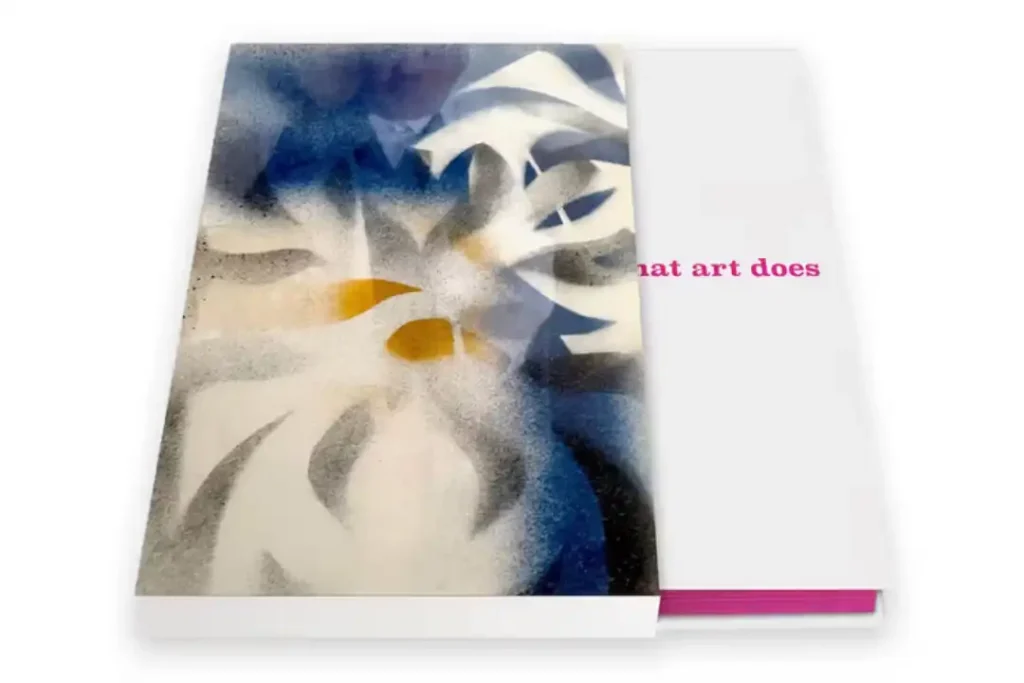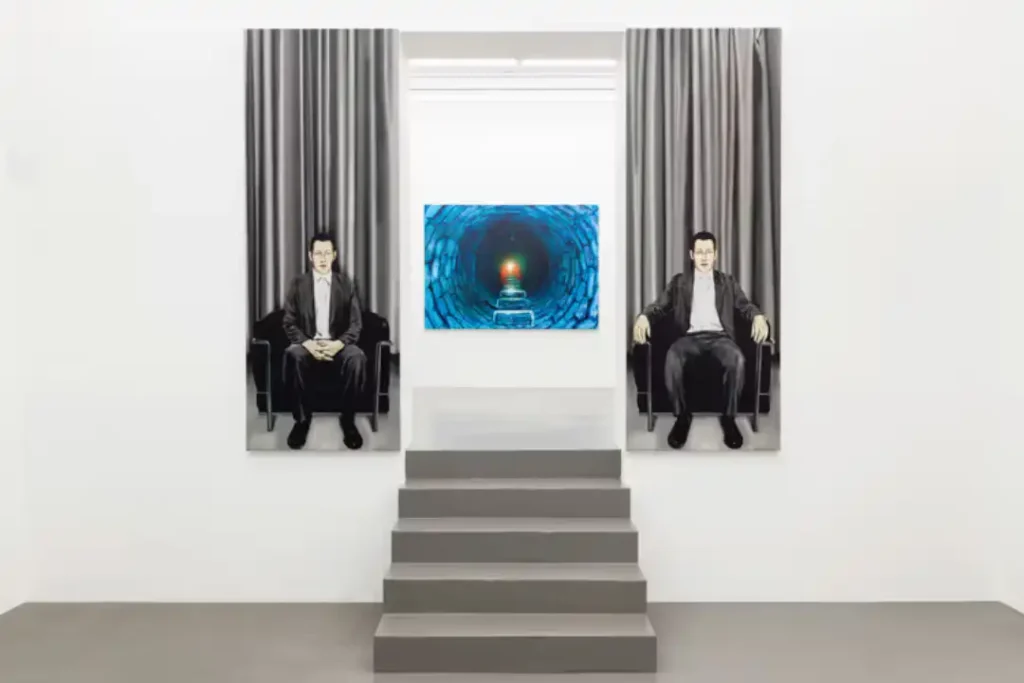A remarkable archaeological discovery has been made off the coast of Naples—lavish seafloor mosaics that reveal stunning ancient artworks and historical treasures. These mosaics, intricately designed and beautifully preserved, offer a fascinating glimpse into the past, showcasing the artistic prowess of ancient civilizations.
The discovery was made by a team of underwater archaeologists who were conducting explorations in the Bay of Naples. Using advanced sonar technology and diving equipment, the team uncovered a series of mosaics that adorned the floors of ancient Roman villas and public baths, now submerged underwater.
Vibrant Underwater Mosaics Reveal Ancient Roman Artistry
Among the most impressive finds are the vibrant mosaics depicting scenes of mythological figures, marine life, and intricate geometric patterns. These artworks, created using tiny colored tiles, exhibit an extraordinary level of detail and craftsmanship. The mosaics’ preservation underwater has helped maintain their vivid colors and intricate designs, providing a unique opportunity to study ancient Roman art in its original context.
One of the standout pieces is a mosaic featuring the god Neptune, surrounded by sea creatures and nymphs. This mosaic, with its dynamic composition and lifelike figures, highlights the Romans’ deep connection with the sea and their admiration for its deities.
The discovery also includes mosaics depicting everyday life in ancient Rome. Scenes of banquets, athletic competitions, and domestic activities provide valuable insights into the social and cultural practices of the time. These mosaics serve not only as artistic masterpieces but also as historical records, shedding light on the lives of the people who created and enjoyed them.
The significance of this discovery extends beyond its artistic value. The seafloor mosaics offer clues about the urban planning and architectural styles of ancient Roman coastal settlements. They reveal how Romans integrated their living spaces with the natural environment, creating luxurious retreats that blended seamlessly with the surrounding seascape.
Archaeologist Dr. Maria Rossi, who led the exploration, emphasizes the importance of preserving these underwater treasures. “These mosaics are a testament to the rich cultural heritage that lies beneath the waves. It is crucial that we protect and study these sites to ensure they remain accessible to future generations,” she says.
The discovery of these lavish seafloor mosaics near Naples adds a new dimension to our understanding of ancient Roman art and architecture. It highlights the ingenuity and creativity of ancient artisans and provides a tangible connection to the past. As efforts continue to study and preserve these underwater treasures, the mosaics will undoubtedly contribute to the broader appreciation of our shared cultural heritage.













Meriem Bennani Solo Exhibition at Fondazione Prada in Milan